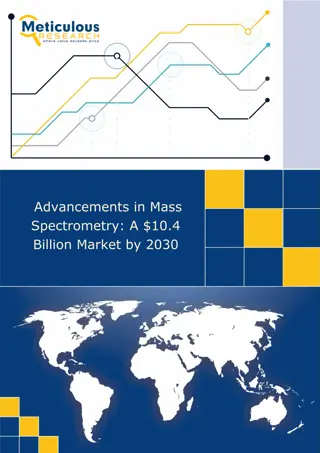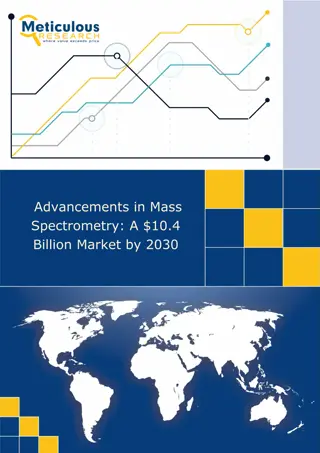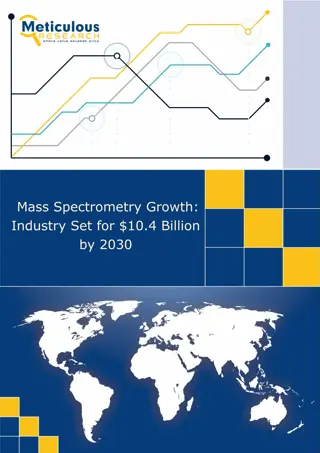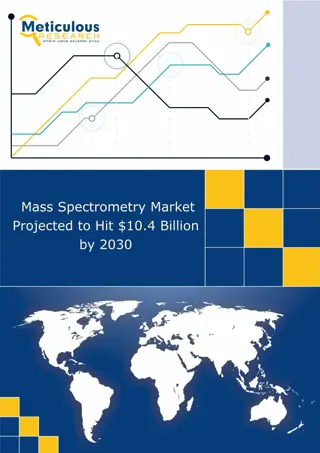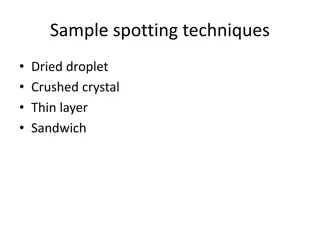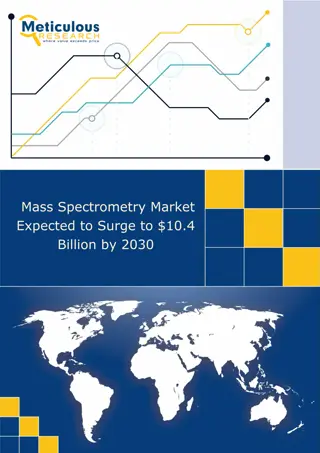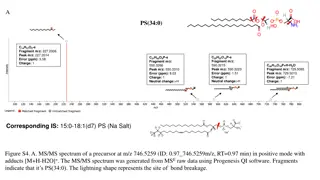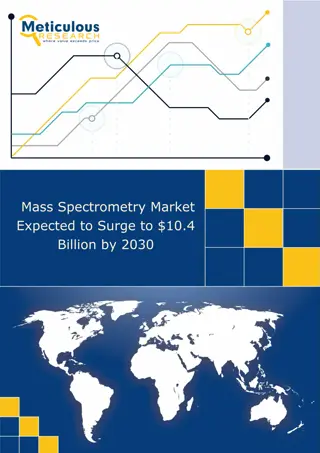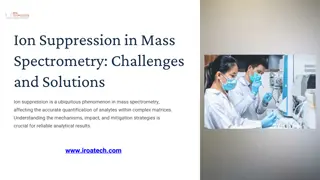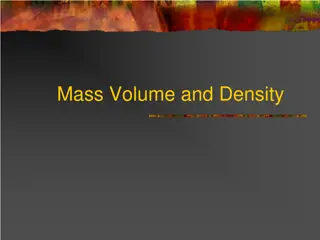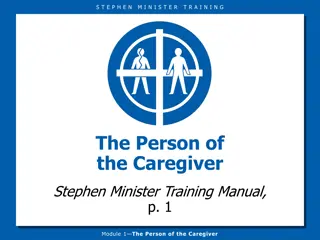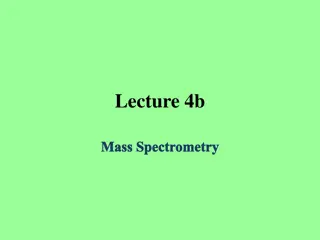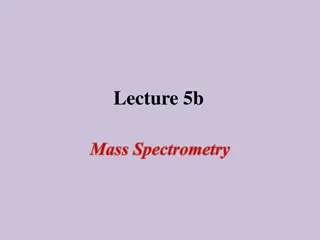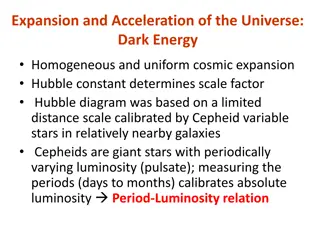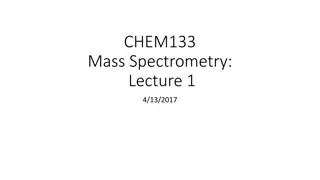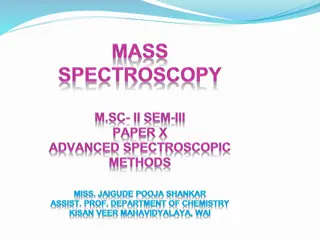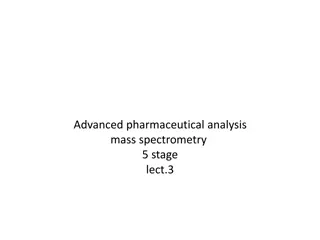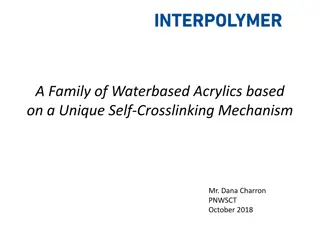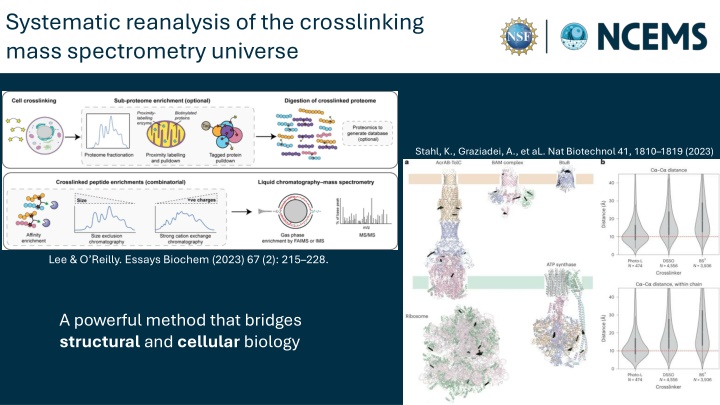
Reanalysis of Crosslinking Mass Spectrometry Challenges and Solutions
Explore the challenges and solutions in the systematic reanalysis of crosslinking mass spectrometry data, including data integration, experimental variables, software types, and validation debates. Discover provisional ideas to advance the field with themes, group sessions, and synthesis questions.
Download Presentation

Please find below an Image/Link to download the presentation.
The content on the website is provided AS IS for your information and personal use only. It may not be sold, licensed, or shared on other websites without obtaining consent from the author. If you encounter any issues during the download, it is possible that the publisher has removed the file from their server.
You are allowed to download the files provided on this website for personal or commercial use, subject to the condition that they are used lawfully. All files are the property of their respective owners.
The content on the website is provided AS IS for your information and personal use only. It may not be sold, licensed, or shared on other websites without obtaining consent from the author.
E N D
Presentation Transcript
Systematic reanalysis of the crosslinking mass spectrometry universe Stahl, K., Graziadei, A., et aL. Nat Biotechnol 41, 1810 1819 (2023) Lee & O Reilly. Essays Biochem (2023) 67 (2): 215 228. A powerful method that bridges structural and cellular biology
Systematic reanalysis of the crosslinking mass spectrometry universe BUT MANY CHALLENGESTO DATA INTEGRATION AND REUSE Many variables in experimental acquisition Many types of software for analysis Debates about proper validation and FDR analysis Data are often deposited on PRIDE and MassIVE, but not easily sub-typed as XL-MS PROVISIONAL IDEAS ABOUT HOW TO MOVE FORWARD 1. 2. 3. 4. 1. 2. Expand PRIDE Crosslinking (22 datasets so far ) Annotate all previously deposited Crosslinking datasets and organize into themes or sets for merging Dedicated computational resources for large-scale search and analysis New algorithms to leverage scale for FDR 3. 4.
Posing the Problem Session Detailed Schedule TIME DESCRIPTION DURATION (min) Introduction: Session lead provides a brief overview of the format, goals, and topics for this session. Transition to Triads: Participants are randomly split up into groups of three. Brainstorming: Each triad rapidly generates as many possible synthesis research questions as possible and then selects their top 1 or 2 questions. Report Back: Each triad shares their top 1 or 2 questions with the entire group. One person from each triad writes these top 1 or 2 questions on sticky notes and turns them in to the session lead. Break: Participants take a 15-min break while the session lead identifies four themes emerging from the questions. Transition Into 4 Groups:Participants choose one of 4 groups, with one group per theme Idea Refinement: Participants answer the following questions: (1) What are the key synthesis questions in this theme? (2) How will the answers to these questions advance the field? (3) What computational methodologies could be used to answer these questions? (4) What datasets are available or needed to address these questions? Each research question and additional details will be written on a notecard, with each group producing 2-3 notecards. Idea Sharing, Feedback, and Action: Sharing: One person from each group takes 3.5 minutes to present no more than 2 key questions. Feedback: All participants have 90 s to ask questions. Action: One group member uploads 1-2 the refined questions, significance statements, and potential data to Qualtrics. 0:00-0:05 5 0:05-0:08 3 0:08-0:18 10 0:18-0:33 15 0:33-0:48 15 0:48-0:51 3 0:51-1:38 47 1:38-2:00 22
What you are doing now 0:05-0:08 3 min Transition to Triads Goal: form random groups of three Tips Triads should contain a good mix of expertise and background o If your random triad turns out to include participants with similar expertise, inform your session lead
What you are doing now 0:08-0:18 10 min Brainstorming Goal: Each triad rapidly generates as many possible synthesis research questions as possible and then selects their top 1 or 2 questions Tips Play off each other s ideas and expertise One person should not dominate the conversation Do not worry about data or potential significance and impact Avoid "shooting down" ideas
What you are doing now 0:18-0:33 15 min Report Back Goal: (1) Each triad shares their top 1 or 2 questions with the entire group (2) One person from each triad writes these top 1 or 2 questions on sticky notes and turns them in to the session lead
What you are doing now 0:33-0:48 15 min Break 15-min break
What you are doing now 0:48-0:51 3 min Transition Into 4 Groups Goal: Choose one of four groups to join for Idea Refinement phase
What you are doing now Idea Refinement 0:51-1:38 47 min Goal: Answer the following questions (1) What are the key synthesis questions in this theme? (2) How will the answers to these questions advance the field? (3) What computational methodologies could be used to answer these questions? (4) What datasets are available or needed to address these questions? One person per group writes each research question and additional answers on a notecard Tips One person should not dominate the conversation Flesh out the questions more and think about their significance and influence on the field Do not be constrained by your uncertainty about whether particular data are available
What you are doing now 1:38-2:00 22 min Idea Sharing, Feedback, and Action Goal: Sharing: One person from each group takes 3.5 minutes to present no more than 2 key questions Feedback: All participants have 90 s to ask questions to that group Action: One group member uploads 1-2 refined questions, significance statements, and potential data to Qualtrics Tips Make an independent Qualtrics submission for each synthesis question After you submit one, refresh the page to be given a clean form



